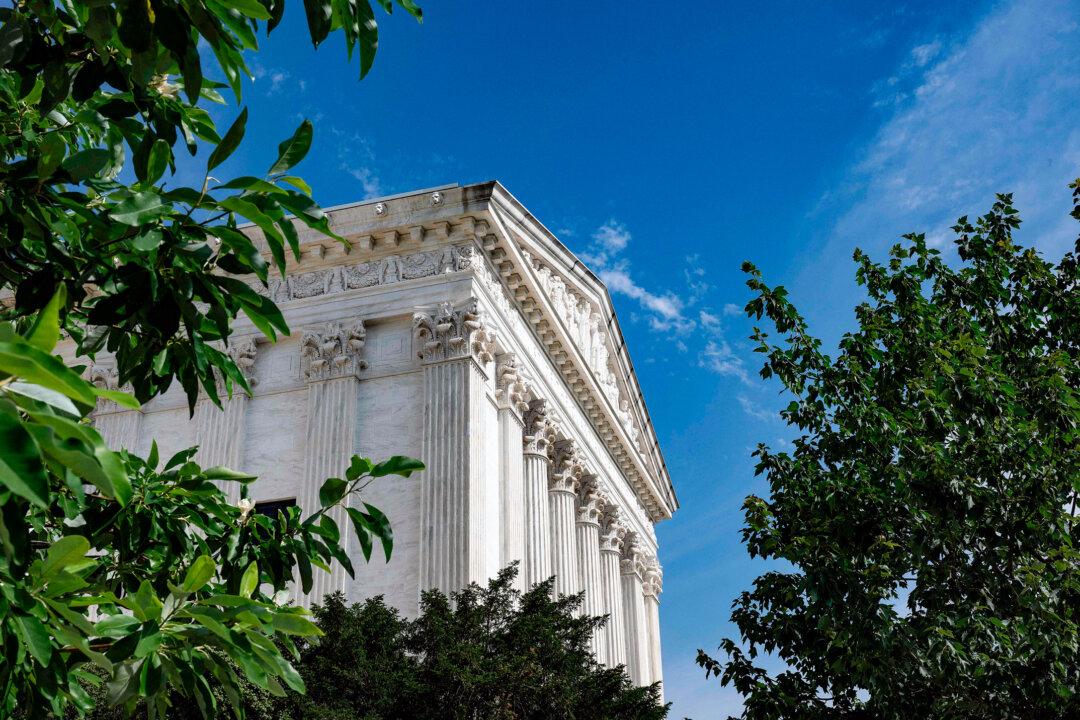Commentary
One of the more interesting, but less reported, aspects of the Supreme Court’s decision in the landmark affirmative action case Students for Fair Admissions v. Harvard was its criticism of universities’ racial categories in admissions policies.



